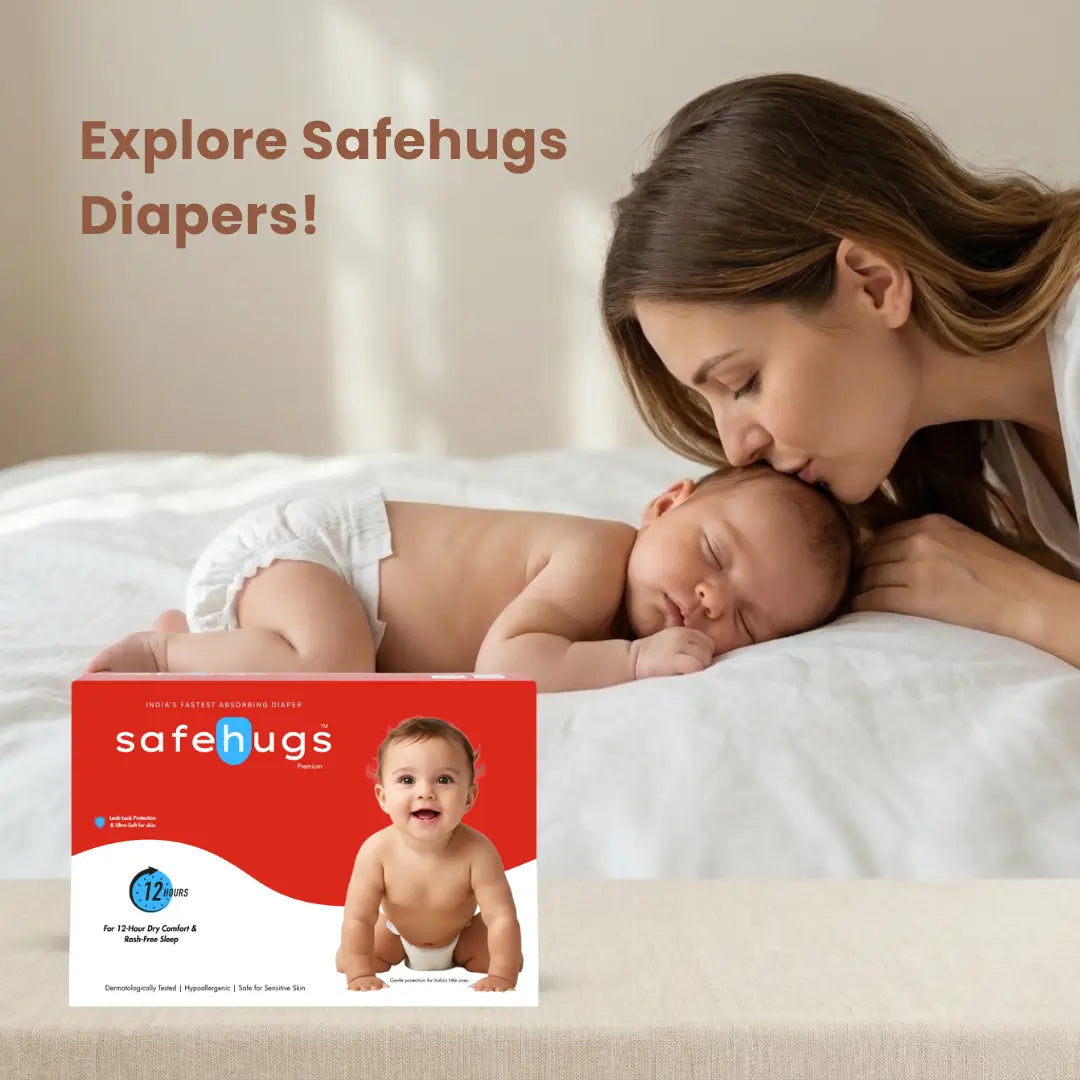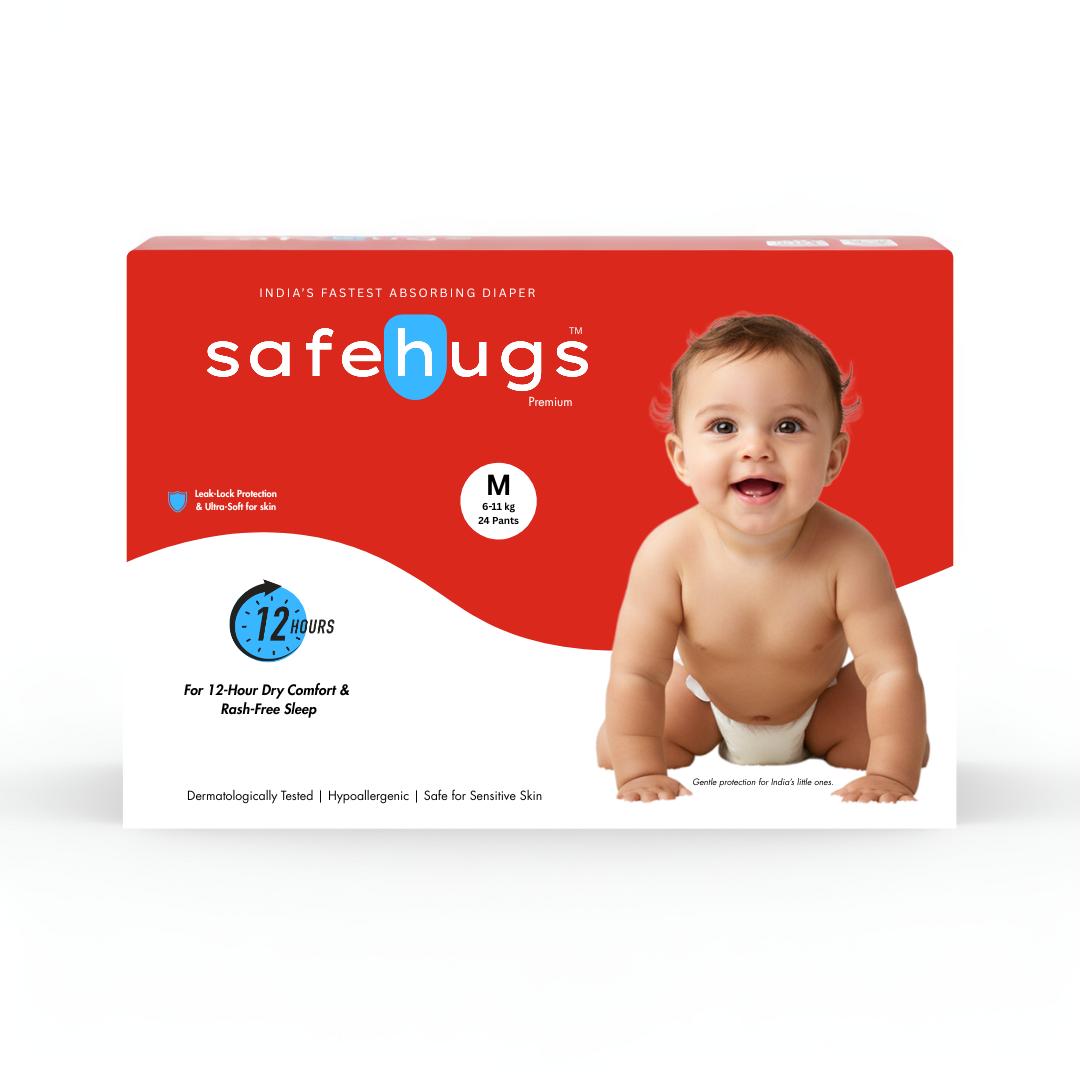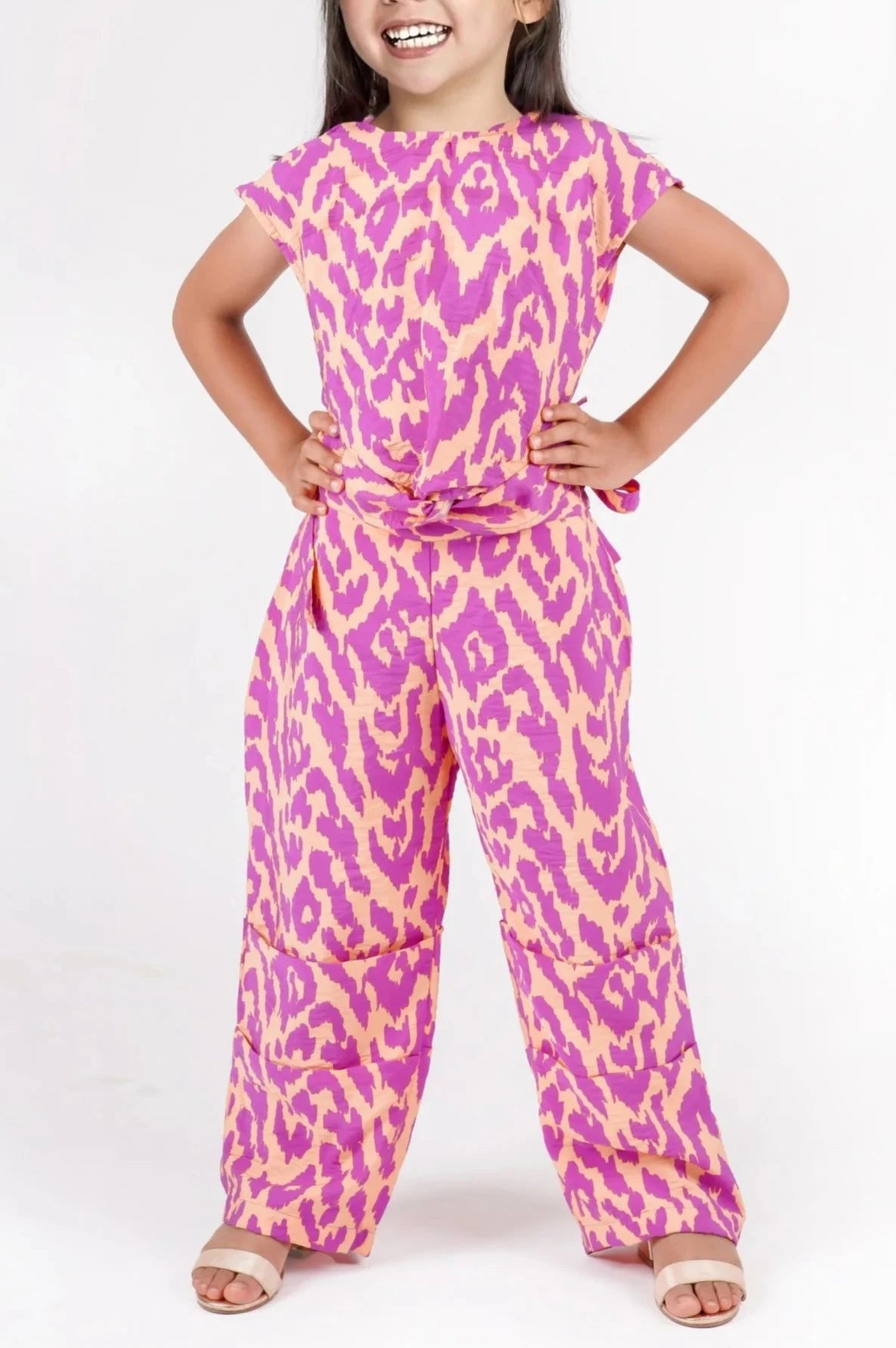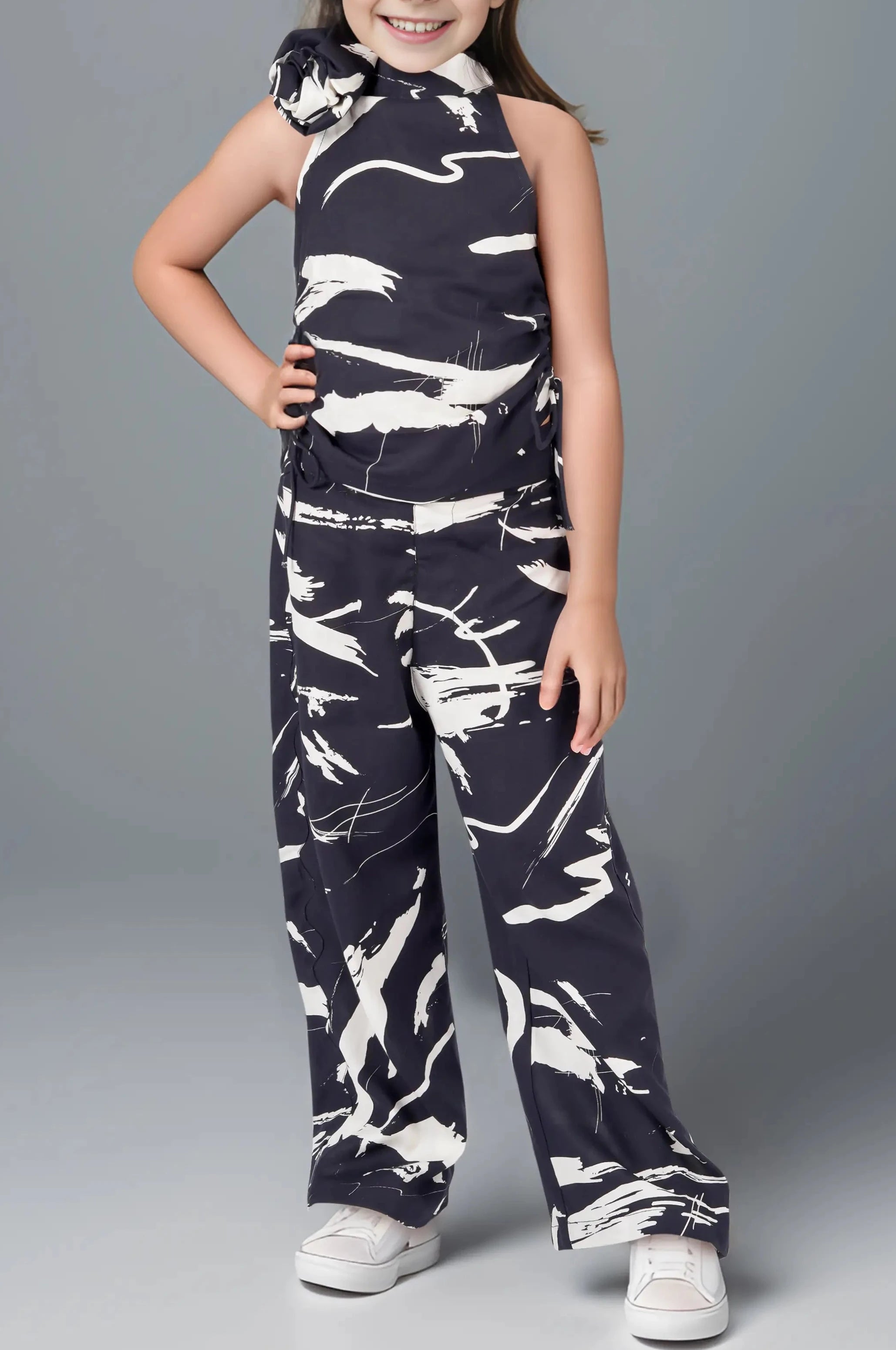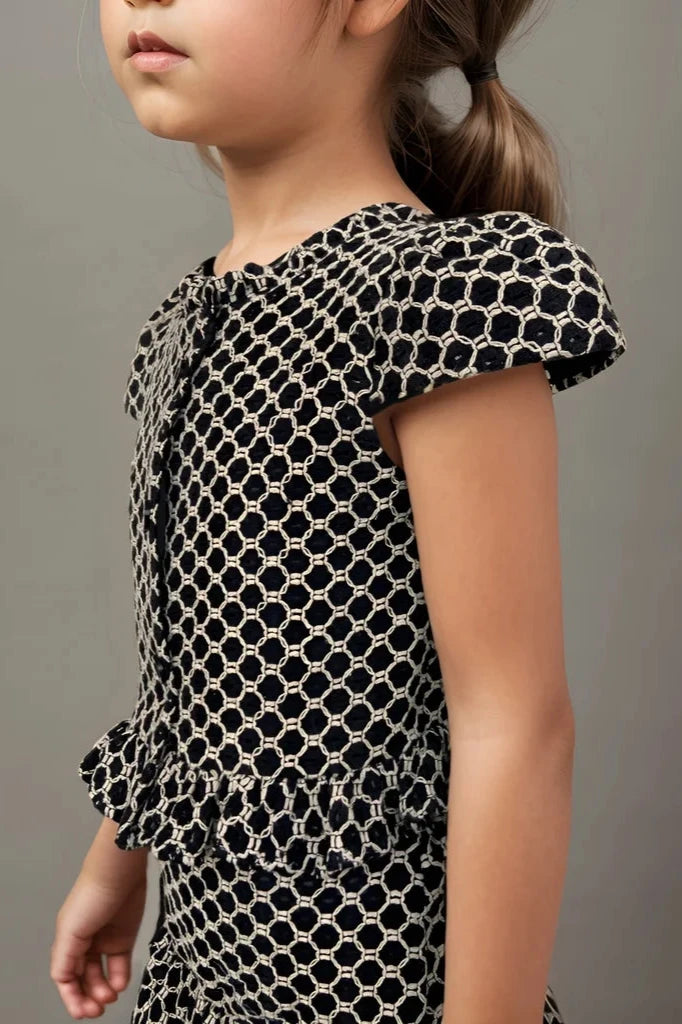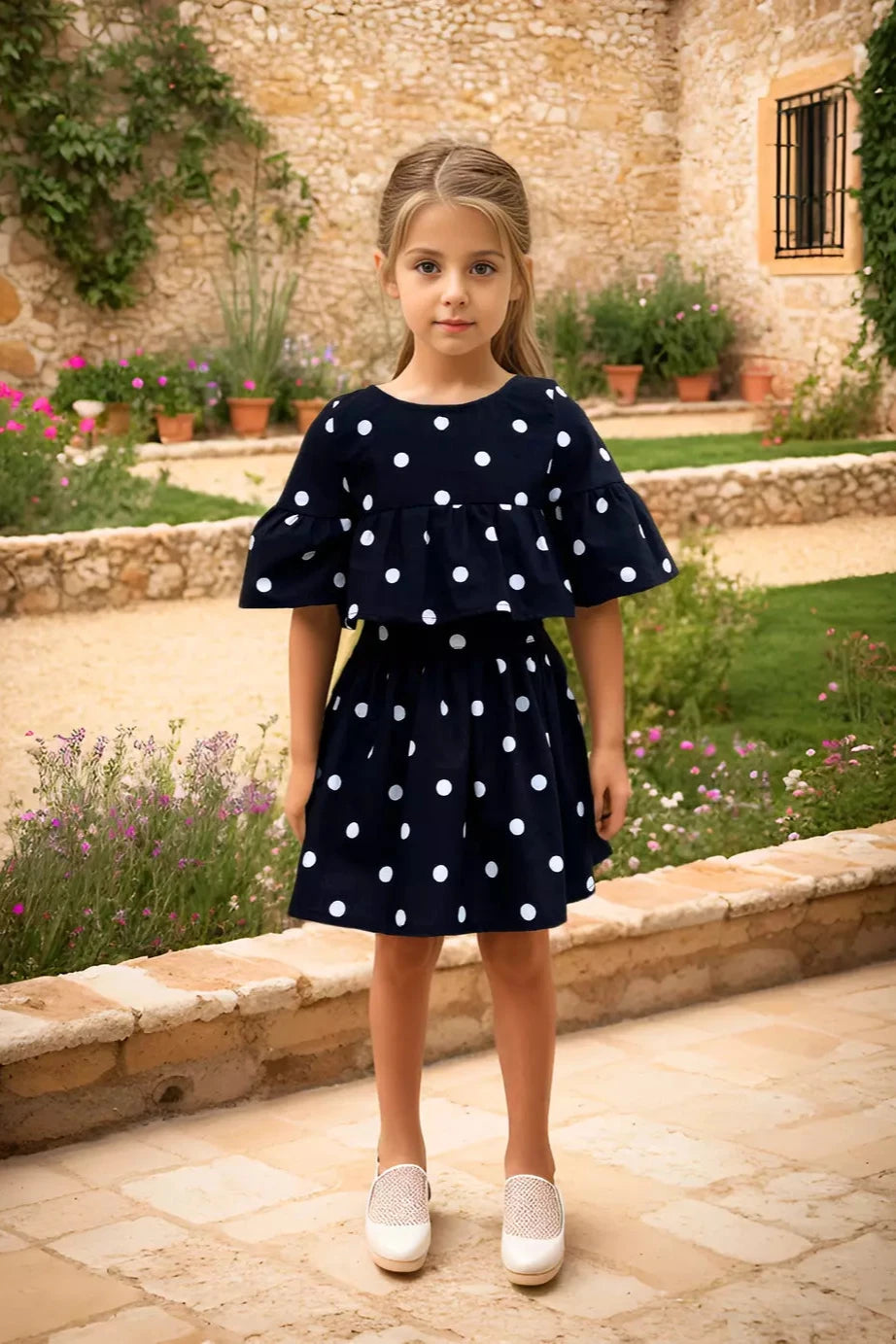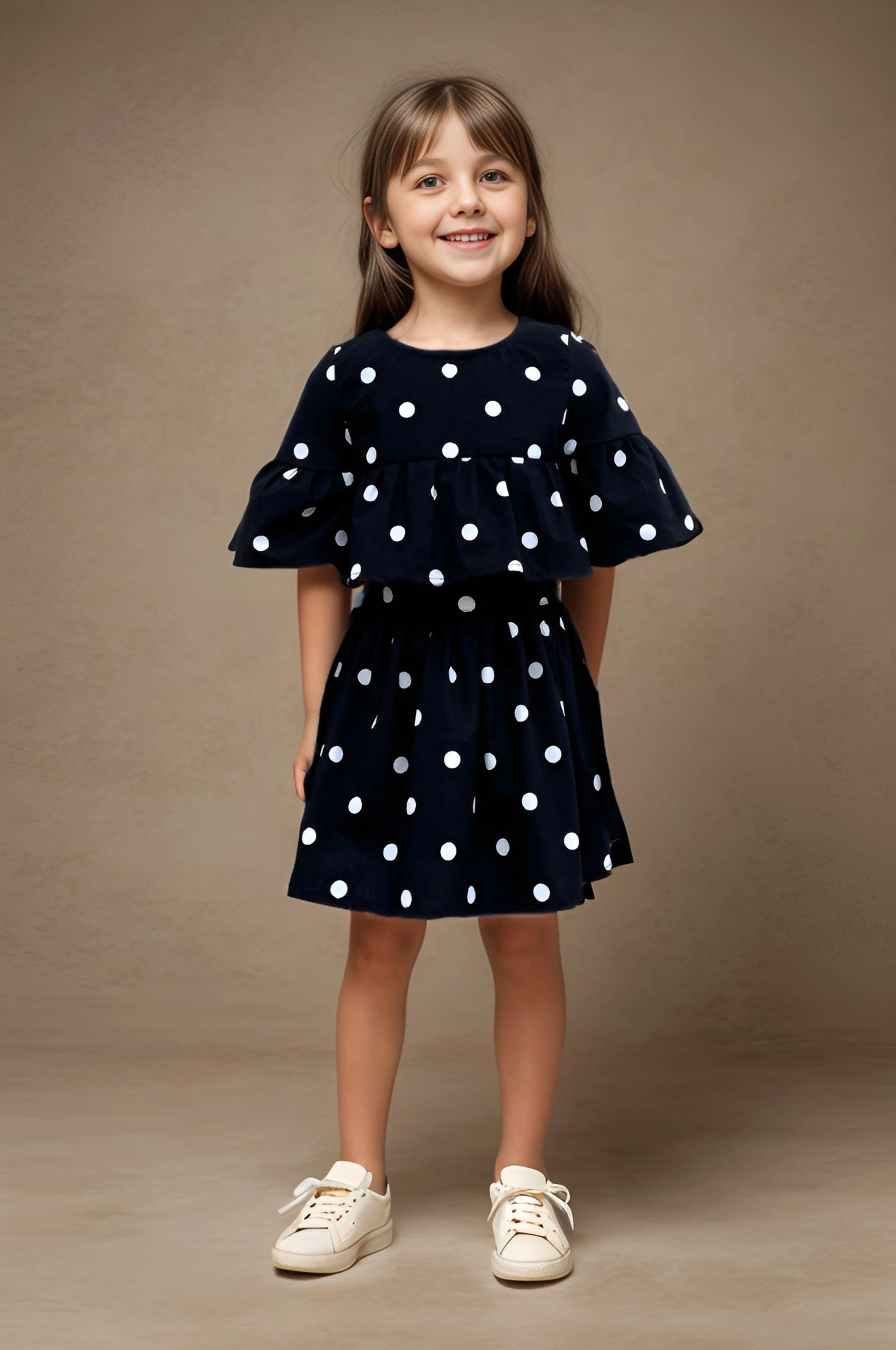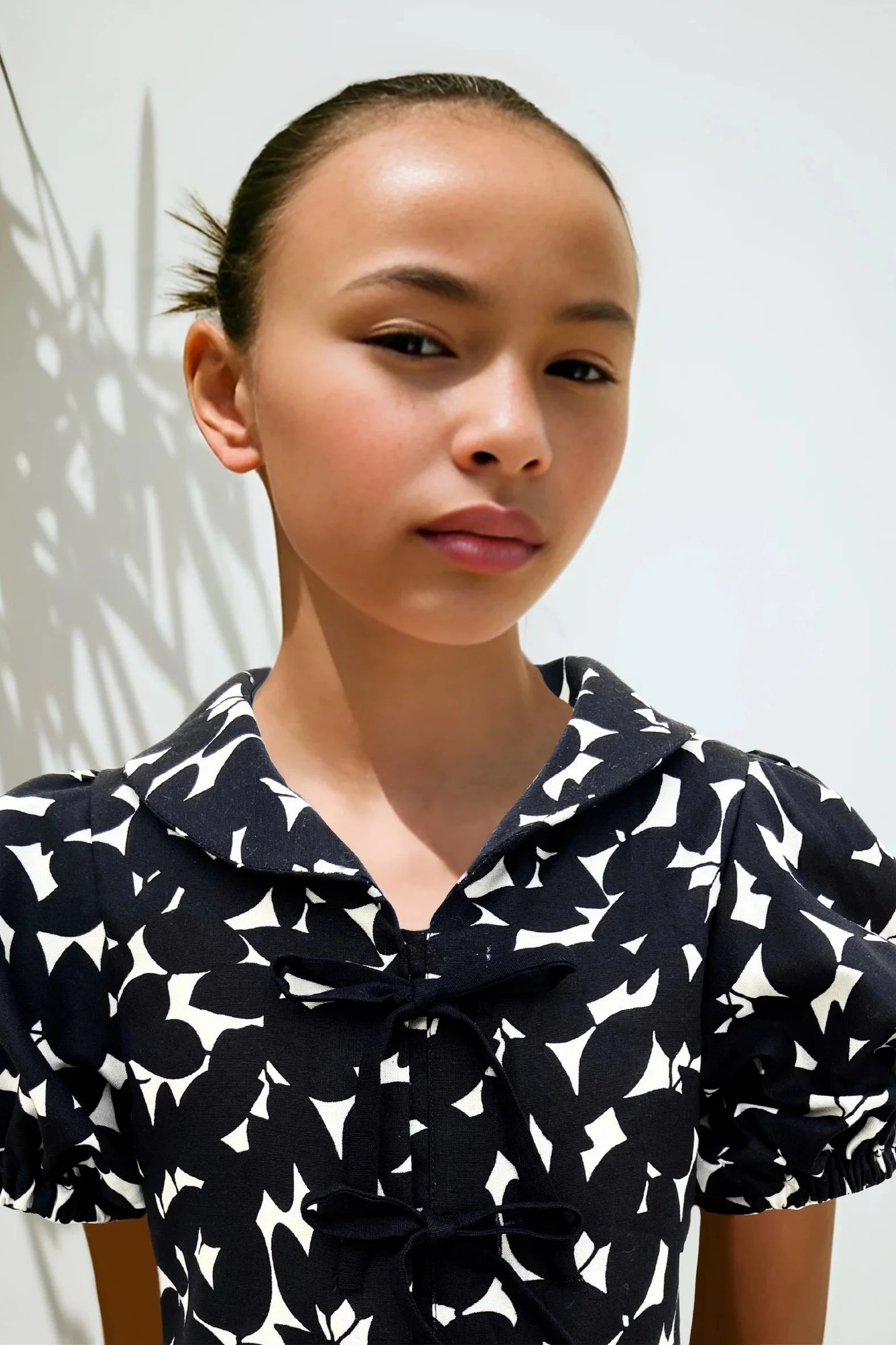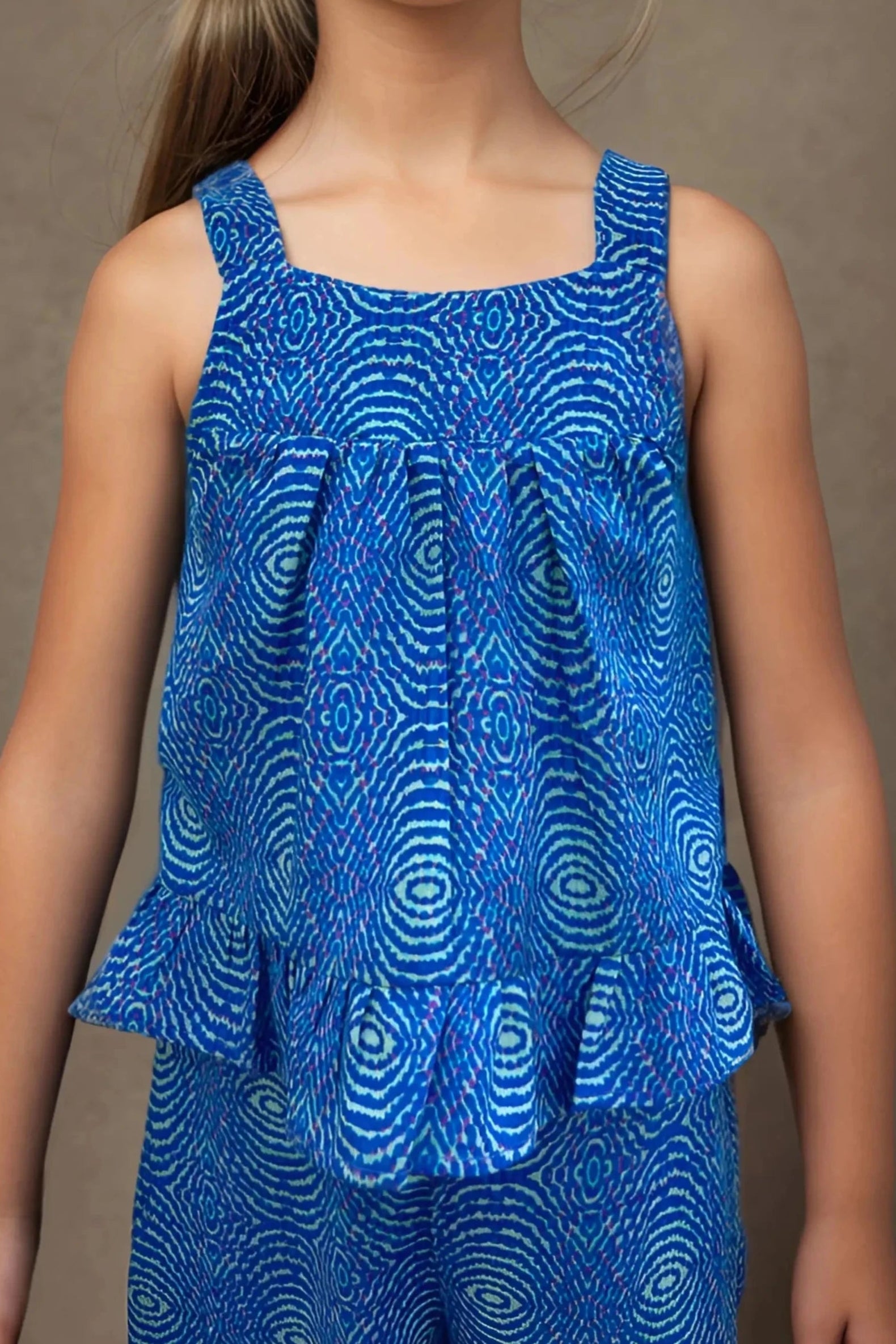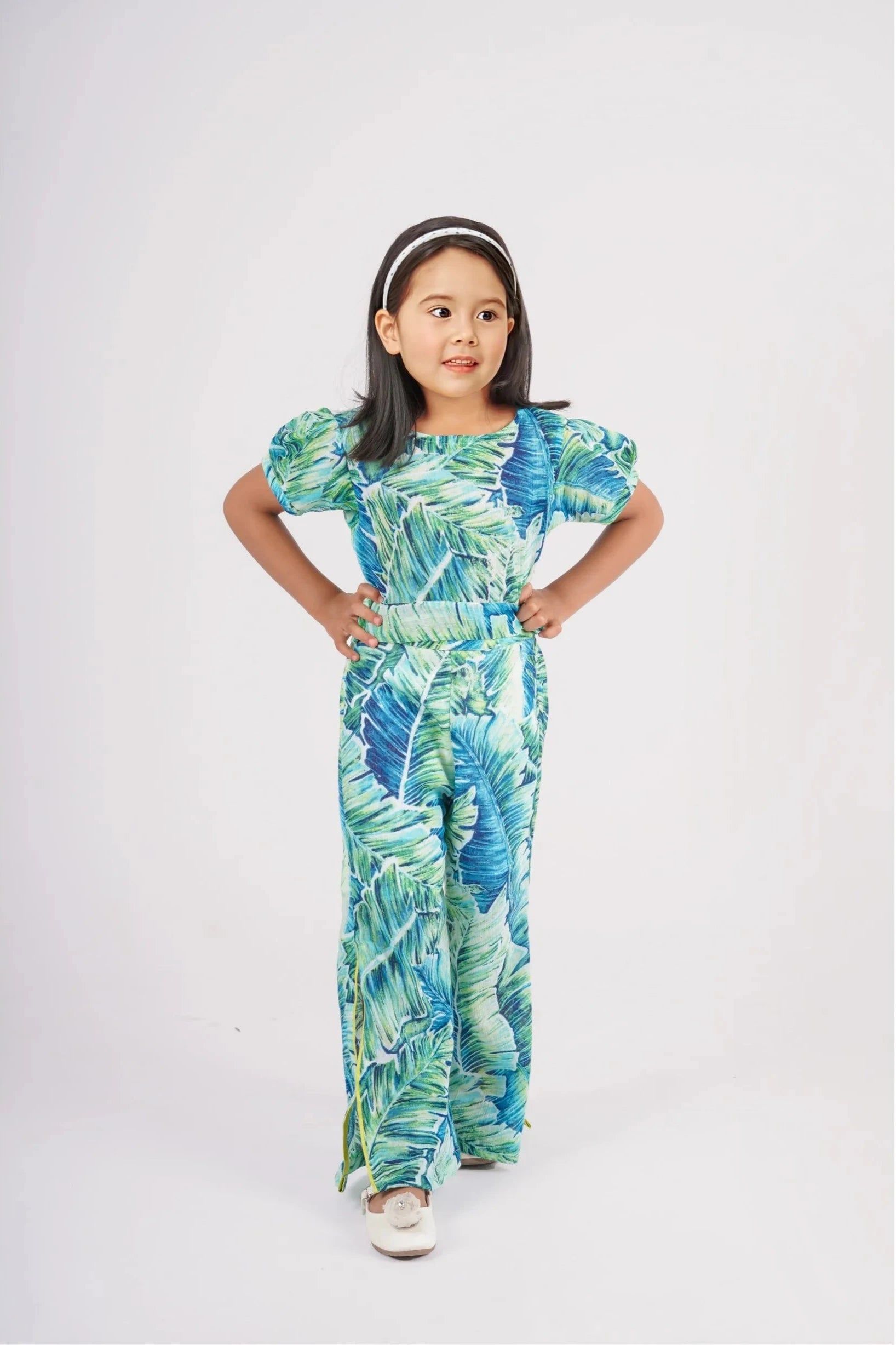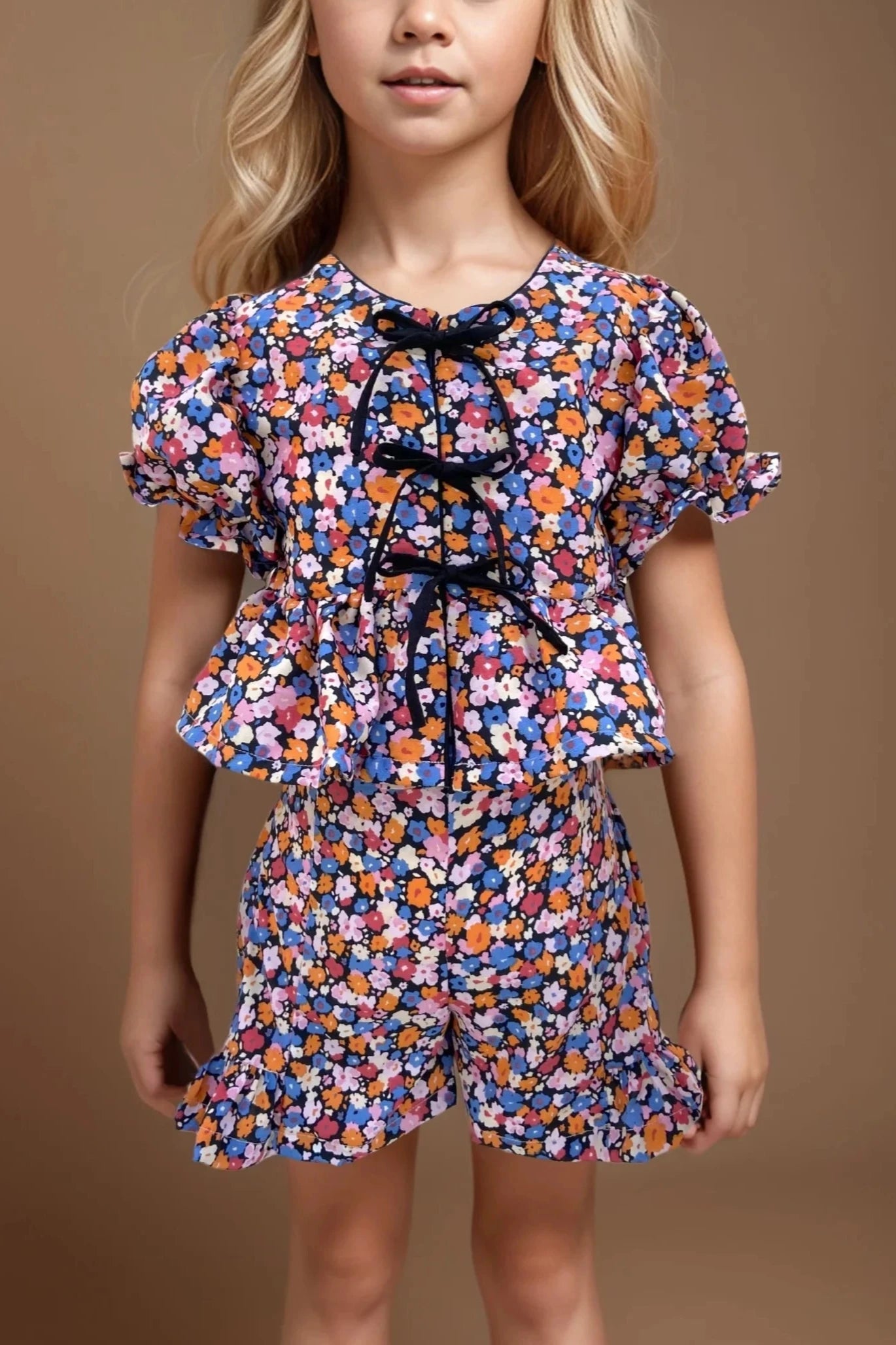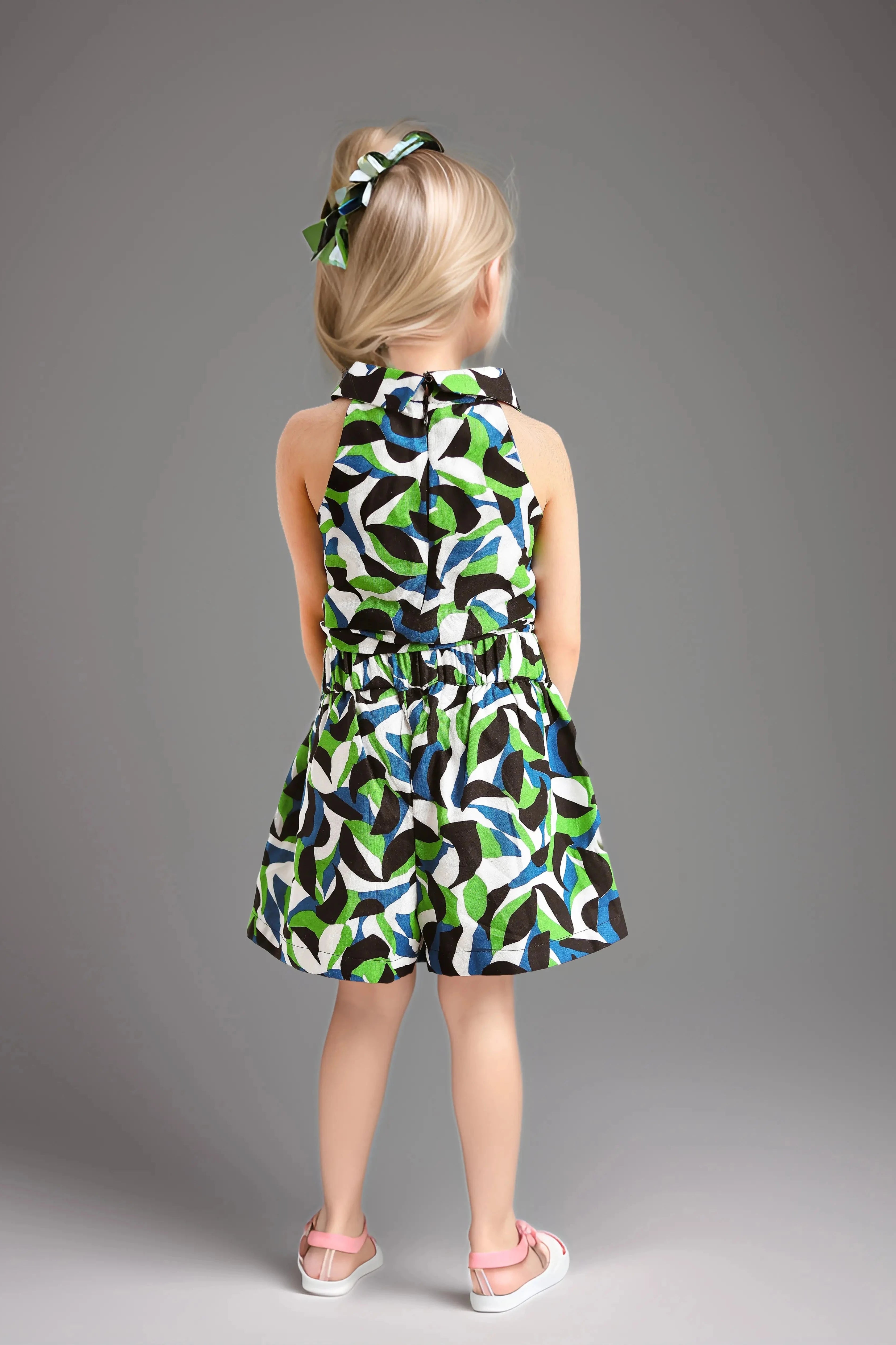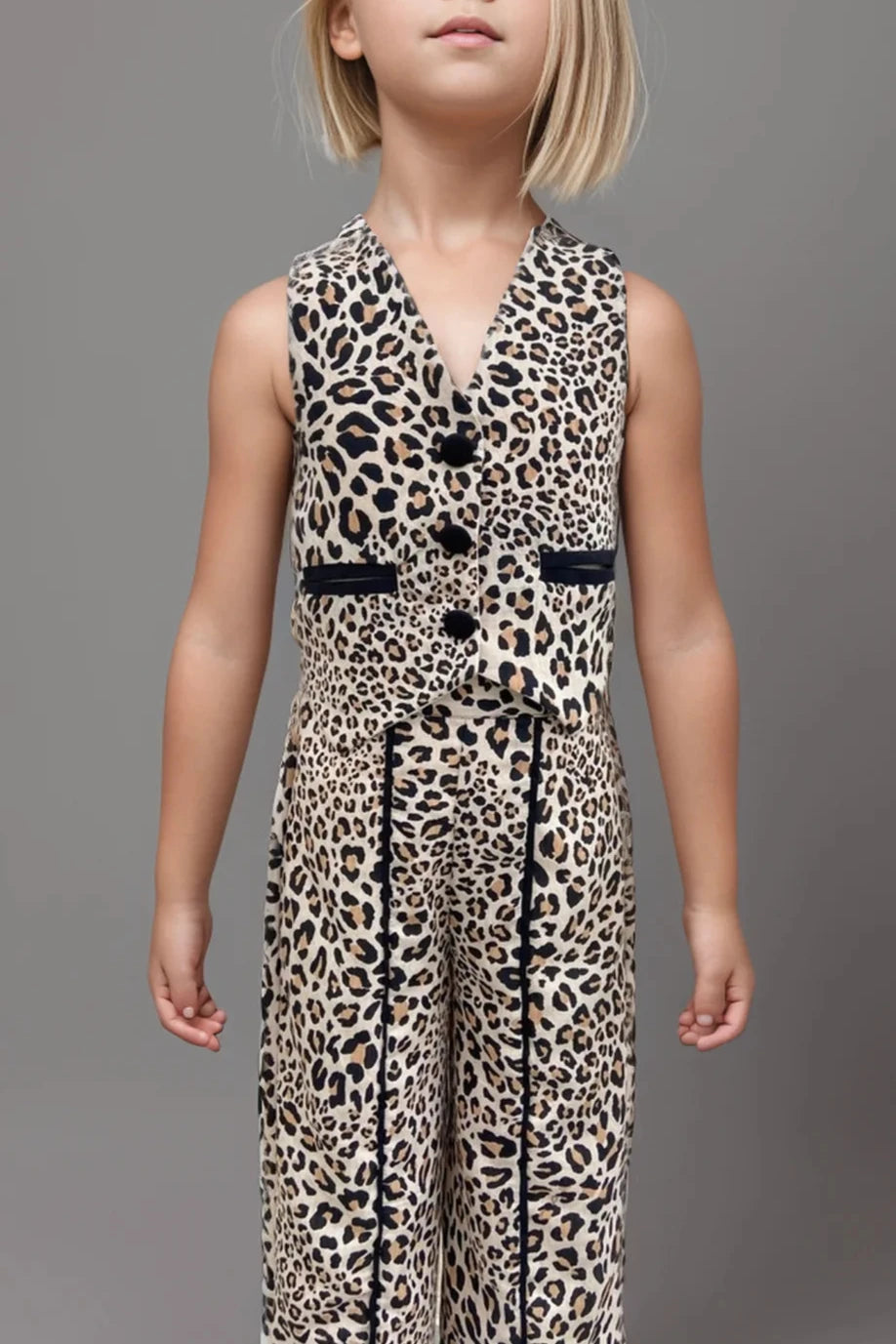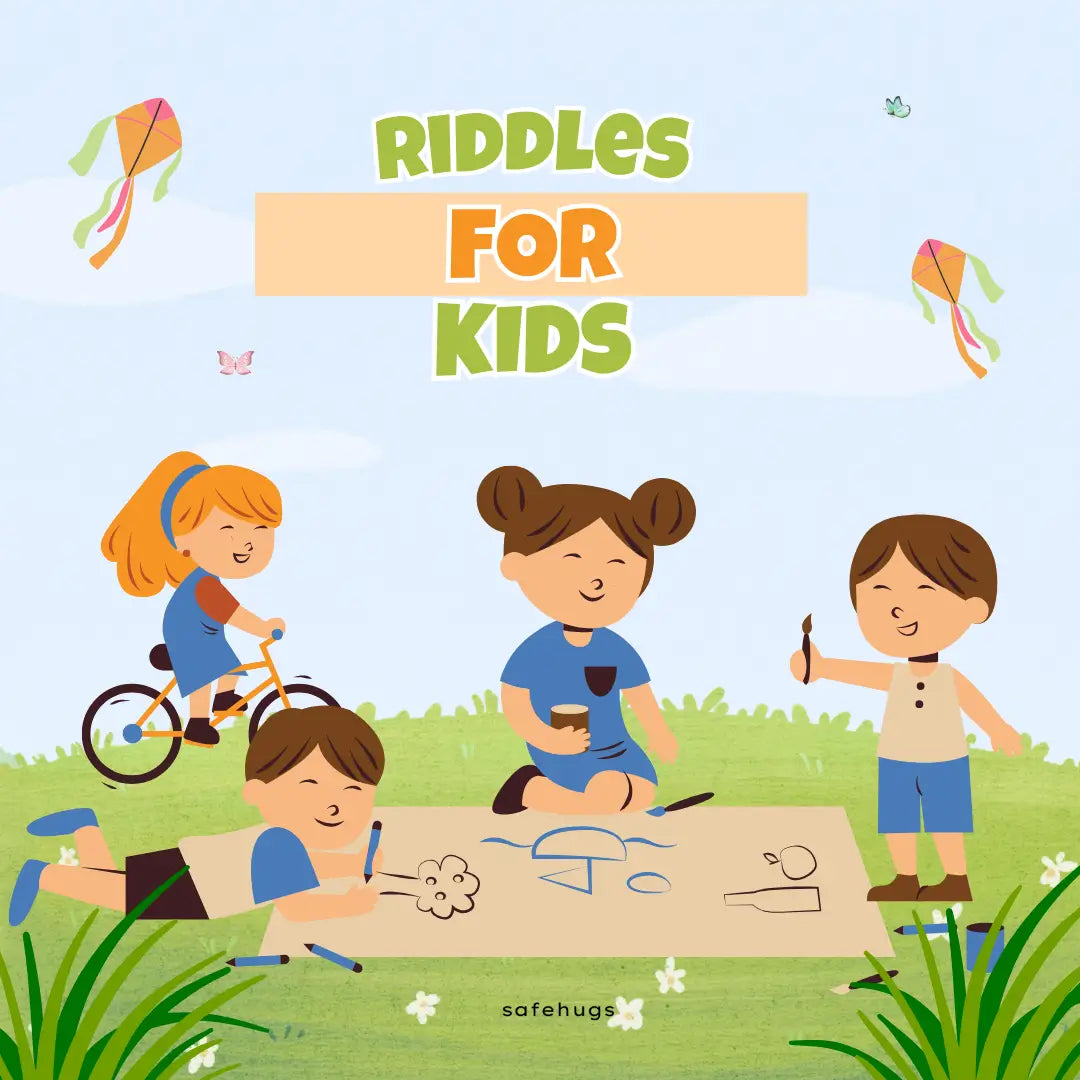Health Benefits of Honey for Kids Over 2: Safe, Sweet & Smart!
Table of Contents
A warm, expert-backed guide on the benefits, safety, and best practices of giving honey to children over 2 years old.
Let’s be real—when you’ve got little ones running around, you’re always on the lookout for natural ways to keep them healthy. One pantry hero that often pops up in grandma's remedies (and Google searches)? Honey. But wait—is honey actually good for kids? And when is it safe to start giving it to them? Here’s the deal: Honey is a superfood—but only for kids over the age of 1. If your child is 2 years or older, you're in luck! That golden spoonful is more than just sweet—it’s packed with benefits that can help your little one fight off colds, boost energy, and even sleep better.
In this blog, we’re breaking down everything parents need to know about honey—why it’s good for your kids, how much is too much, fun ways to include it in their routine, and the important safety stuff too.
So if you're a parent who loves keeping things simple, natural, and nutritious—keep reading.
What Makes Honey So Special?
Honey is a natural powerhouse. Just one spoon holds a blend of antioxidants, enzymes, vitamins, and minerals that help support your child’s overall health. It offers more than just sweetness—it's a gentle source of energy, known to boost immunity, aid digestion, and even help with minor coughs and colds.
So yes—honey is good for kids, especially those over the age of 2. It’s nature’s little health booster, wrapped up in a golden spoonful.
Nutritional Value of Honey for Kids
Honey isn’t just a natural sweetener—it’s loaded with essential nutrients that make it a great addition to your child’s diet (after they turn 2!). A single spoon contains:

-
Natural sugars (like glucose and fructose) for quick energy
-
Antioxidants that help protect growing cells
-
Trace amounts of vitamins like B2, B3, and B6
-
Minerals such as calcium, magnesium, and potassium
-
Small amounts of amino acids and enzymes that support digestion
Compared to refined sugar, honey offers far more nutritional value—and that’s what makes it such a smart, parent-approved choice. It’s a simple way to sneak in some goodness, whether it’s stirred into warm water, drizzled over fruit, or mixed into a snack.
Just remember: even though honey is natural, it’s still sugar. So, moderation is key!
When Can You Start Giving Honey to Kids?
If you’ve ever caught yourself asking, “Can I give my baby honey?” — you’re not alone. It’s one of the most searched (and important) questions for parents!
The golden rule? Honey is safe only after your child turns 1 year old. Before that, it’s a big no.
Here’s why: babies under 12 months are at risk for infant botulism, a rare but serious illness caused by bacteria that can sometimes be found in honey. Their tiny digestive systems just aren’t ready to fight it off yet.
So, if your child is over 1, and especially once they hit the 2-year mark, you’re in the clear! That’s when honey can safely become part of their daily diet—adding both taste and nutrition.
Whether it’s to soothe a cough, boost immunity, or just sweeten a meal naturally, honey is a gentle and healthy choice—for kids at the right age.
Glossary :
Infant botulism - It is a rare but serious illness that occurs when Clostridium botulinum bacteria grow in a baby's intestines and produce toxins that affect the nervous system. These bacteria are sometimes found in dust, soil, and unpasteurized foods like honey.
10 Proven Health Benefits of Honey for Kids (Over 2 Years)
Here are ten science-backed and parent-approved benefits of honey for kids over 2 years old:
1. Boosts Immunity Naturally - Honey is packed with antioxidants and antibacterial properties that help strengthen your child’s immune system. A spoon a day might just keep those sniffles away!
2. Soothes Cough and Sore Throat - Got a nighttime cough situation? A warm spoon of honey can help ease throat irritation and calm that cough better than some over-the-counter syrups.
3. Improves Digestion - Thanks to its natural enzymes, honey supports healthy digestion and keeps tiny tummies happy—especially useful after heavy or spicy meals.
4. Provides Instant Energy - Need a quick, natural energy boost? The natural sugars in honey (glucose + fructose) offer an immediate pick-me-up, making it perfect before playtime.
5. Heals Minor Wounds and Burns - Applied topically, honey can act as a natural antiseptic. It’s gentle, soothing, and helps speed up healing for small scrapes and boo-boos.
6. Supports Better Sleep - One spoon of honey before bedtime may help regulate blood sugar levels and encourage the release of melatonin—the sleep hormone. Sweet dreams, literally.
7. Eases Allergies (Local Honey Bonus!) - Some parents swear by local honey for seasonal allergy relief. Though research is ongoing, local pollen in honey may help build tolerance.
8. Promotes Oral Health (Surprisingly!) - Believe it or not, honey has antimicrobial properties that may help fight bad bacteria in the mouth—when used in moderation.
9. Keeps Skin Soft and Healthy - From inside out! The vitamins and antioxidants in honey contribute to healthy skin. And yes, it can be used topically for dry patches too.
10. Reduces Constipation - Honey acts as a mild natural laxative. A spoon with warm water can help regulate bowel movements, especially during those fussy-tummy days.
How Much Honey Can Kids Have Daily?
When it comes to honey, a little goes a long way—especially for kids!
For children over the age of 2, 1 to 2 teaspoons (around 5 to 10 grams) of honey per day is considered safe and beneficial. It's naturally sweet and loaded with goodness, but like all good things, moderation is key.
A few things to keep in mind:
-
Start small: Introduce honey slowly to make sure your child isn’t allergic.
-
Avoid heating honey too much: High heat can reduce its nutritional value.
Whether you drizzle it over a warm roti, mix it into milk, or add it to their favorite fruit bowl—just stick to small, daily amounts and your little one will reap the sweet rewards safely!
Best Ways to Include Honey in Your Child’s Diet
So you’ve got your little honey lover, and you’re wondering how to add this golden goodness into their meals without a fuss? We’ve got you covered with some kid-approved, parent-loved ideas!
Fun & Easy Ways to Use Honey:
-
Morning Toast: Spread a thin layer of honey over warm whole-wheat toast—it’s simple, sweet, and satisfying.
-
Fruit Drizzle: Pour a spoon of honey over chopped bananas, apples, or papaya to make fruits more exciting.
-
Honey-Laced Porridge: Mix a bit of honey into warm oats, ragi, or suji porridge instead of sugar.
-
Milk Mix-In: Stir a teaspoon into warm (not hot!) milk before bed—great for digestion and sound sleep.
-
Honey Dips: Let kids dip parathas, rotis, or crackers into a small bowl of honey.
-
Homemade Energy Balls: Combine honey with crushed dry fruits and oats to make no-bake snacks they’ll love.
Quick Tip:
Use raw or organic honey when possible, and always add it after cooking (not while cooking), so it retains its nutrients.
Types of Honey
When it comes to honey, not all jars are created equal. There are several types of honey, and each brings something a little different to the table—whether it’s taste, texture, or health benefits. Understanding these can help you choose the right one for your little one.
1. Raw Honey
What it is: Pure, unprocessed honey taken straight from the hive.
Why it’s great for kids: It retains all the natural enzymes, antioxidants, vitamins, and minerals. If you’re looking for maximum health benefits, this is a great option—as long as it’s from a trusted, clean source.
2. Pasteurized Honey
What it is: Honey that’s been heated and filtered to extend shelf life and improve clarity.
Why it’s okay for kids: Still a good choice for taste and general use, though some of the natural nutrients may be lost during heating.
3. Manuka Honey
What it is: A specific type of honey from New Zealand known for its powerful antibacterial and healing properties.
Why it’s special: Often used for medicinal purposes like sore throats or boosting immunity. It's strong in flavor and can be quite expensive, so it's best reserved for targeted use rather than daily consumption.
4. Acacia Honey
What it is: A light-colored, mild-flavored honey made from acacia flower nectar.
Why it’s a kid-friendly option: Its mild taste makes it a favorite among children who might not enjoy stronger, more intense honeys.
5. Wildflower Honey
What it is: Made from a variety of wildflowers, this honey can vary in taste and color depending on the season and region.
Why it’s beneficial: Naturally rich in nutrients and has a more complex flavor, which some kids might enjoy.
Raw Honey vs Regular Honey: What’s Better for Kids?
As parents, we all want to give our kids the best—especially when it comes to something as natural and wholesome as honey. But walk into any store and you’ll find shelves stacked with all kinds of honey: raw, regular, filtered, organic… It’s a lot. So let’s break it down simply.

What Is Raw Honey?
Raw honey is honey in its purest form. It’s taken straight from the hive, strained to remove bits of wax and debris, but otherwise untouched. No heating. No pasteurization. This means it retains all its natural goodness—like enzymes, antioxidants, and nutrients that can support your child’s health.
Pros of Raw Honey for Kids Over 2:
-
Higher in natural antioxidants
-
Packed with enzymes and vitamins
-
May have better immune-boosting properties
-
Usually sourced locally, so it can help with seasonal allergies
What Is Regular (Processed) Honey?
Regular honey is pasteurized and filtered. This gives it a smooth, clear look and a longer shelf life. While it's still a sweet and nutritious option, the heating process often reduces some of the beneficial properties.
Pros of Regular Honey:
-
Easy to find and budget-friendly
-
Has a milder, more familiar taste
-
Still contains some nutritional value
So, Which One Should You Choose for Your Child?
If your child is over two years old and you have access to high-quality, locally sourced raw honey, that’s usually the better pick for health benefits. Just make sure it’s from a reliable brand to avoid contamination. If you're just starting out or your child prefers something milder in flavor, regular honey is still a good choice.
Safety Tips & Precautions While Giving Honey to Kids
Honey is natural, delicious, and full of benefits—but like anything we give our little ones, it needs to be offered with care. Here’s what every parent should keep in mind before adding honey to their child’s diet.
1. Never Give Honey to Babies Under 1 Year
This is the golden rule. Honey—even a tiny taste—can put babies under 12 months at risk of infant botulism, a rare but serious illness caused by bacteria that their developing immune systems can’t handle yet.
2. Start Small
If your child is over 2 and you’re introducing honey for the first time, go slow. Start with a small amount to see how their body reacts, especially if they have a history of allergies.
3. Choose High-Quality Honey
Opt for pure, certified, or locally sourced honey whenever possible. Read labels carefully and avoid honey that contains additives, artificial flavors, or high-fructose corn syrup.
4. Don’t Overdo It
Even though honey is a natural sweetener, it’s still sugar. Too much can affect your child’s dental health, cause tummy troubles, or contribute to unnecessary sugar intake. A little goes a long way.
5. Watch for Allergic Reactions
Though rare, some children may be sensitive or allergic to components in honey. If your child develops a rash, swelling, or has trouble breathing, seek medical help immediately.
6. Be Mindful of Raw Honey for Younger Kids
While raw honey can offer more benefits, it also carries a slightly higher risk of contamination if not sourced responsibly. Always buy raw honey from a trusted, food-safe brand—especially if you're giving it to younger kids.
Honey for Cough & Cold: Does It Really Work?
If you’ve ever called up your mom or grandma when your child had a stubborn cough, chances are, they’ve told you: “Just give a little honey!” And honestly? They weren’t wrong.
Backed by Science—and Grandma
Honey has natural antibacterial, antiviral, and soothing properties. Research shows that it can help reduce the severity and frequency of coughing, especially at night. It coats the throat, calms irritation, and can help your little one (and you!) get better sleep during sick days.
In fact, a study published in Pediatrics found that a spoonful of honey was just as effective (if not more) than over-the-counter cough medicine for children over 2.
How to Use It
-
A spoonful of honey before bedtime can help ease a dry or tickly throat.
-
Mix honey in warm water, herbal tea, or turmeric milk (for kids above 2 years).
-
Add it to a lemon and ginger mix to fight off cold symptoms naturally.
But Remember...
-
Don’t mix it with very hot water or tea—it can destroy the good enzymes in honey. Keep it warm, not boiling.
Conclusion
Honey is more than just a sweet treat—it’s a natural powerhouse packed with nutrients and gentle healing properties that can benefit your child in so many ways. From boosting immunity and soothing sore throats to being a nutritious energy source, honey (when given responsibly) is a simple yet powerful addition to your child’s diet.
Whether you're stirring it into warm milk, drizzling it on toast, or using it to ease a nighttime cough, honey can be your go-to, all-natural parenting helper straight from nature’s kitchen.
Always trust your instincts, consult your pediatrician when in doubt, and keep things balanced. Because when it comes to raising healthy, happy little humans—it’s the small, mindful choices that make all the difference.
Related:
- Check out our blog on Benefits of hemp seeds.
- Check out our blog on Benefits of healthy eating in early childhood.
- Check out our blog on Healthy foods for kids (Every parent should know this!).
FAQ'S
1. Can honey help with teething?
While honey is soothing, it’s not typically recommended as a direct remedy for teething pain. Instead, parents can try chilled teething rings or gentle gum massages. For kids over 2, a tiny bit of honey in warm milk might help calm them if teething makes them restless at night—but always check with your pediatrician first.
2. Is honey safe for toddlers with allergies?
Generally, honey is safe unless your child has a pollen or bee-related allergy. If your toddler has known sensitivities, it’s best to talk to your pediatrician before introducing honey.
3. What kind of honey is best for cough?
Raw or organic honey tends to work best for soothing coughs due to its natural antimicrobial and soothing properties. Tulsi, eucalyptus, and wildflower honey are often used in traditional home remedies.
4. Can honey be taken daily?
Yes! Kids over 2 can safely enjoy a small amount of honey daily. Just keep portions moderate—usually around 1–2 teaspoons per day is enough to enjoy the benefits without overdoing the sugar intake.
5. Can 3-year-olds have honey?
Yes, absolutely. Once a child is over 12 months old, honey is considered safe. By 3 years, they can enjoy it in moderation, added to milk, bread, or even in home remedies for cold and cough.
6. Is honey good for toddlers?
Yes—honey is rich in antioxidants, has antibacterial properties, and can support a toddler’s immune system. Just make sure they’re over one year old before giving it.
7. What are the side effects of honey in toddlers?
If introduced too early (before age 1), honey can cause infant botulism, a rare but serious condition. In older toddlers, too much honey might lead to an upset stomach or contribute to sugar overconsumption.
8. How much honey is too much for a child?
Stick to 1–2 teaspoons a day for kids. Overconsumption can lead to sugar spikes, digestive issues, or tooth decay, so moderation is key.
9. Can I give honey to my child at night?
Yes! A teaspoon of honey before bed (for kids over 2) can help soothe nighttime coughs and even promote restful sleep. Try mixing it in warm water or milk as a bedtime routine.




